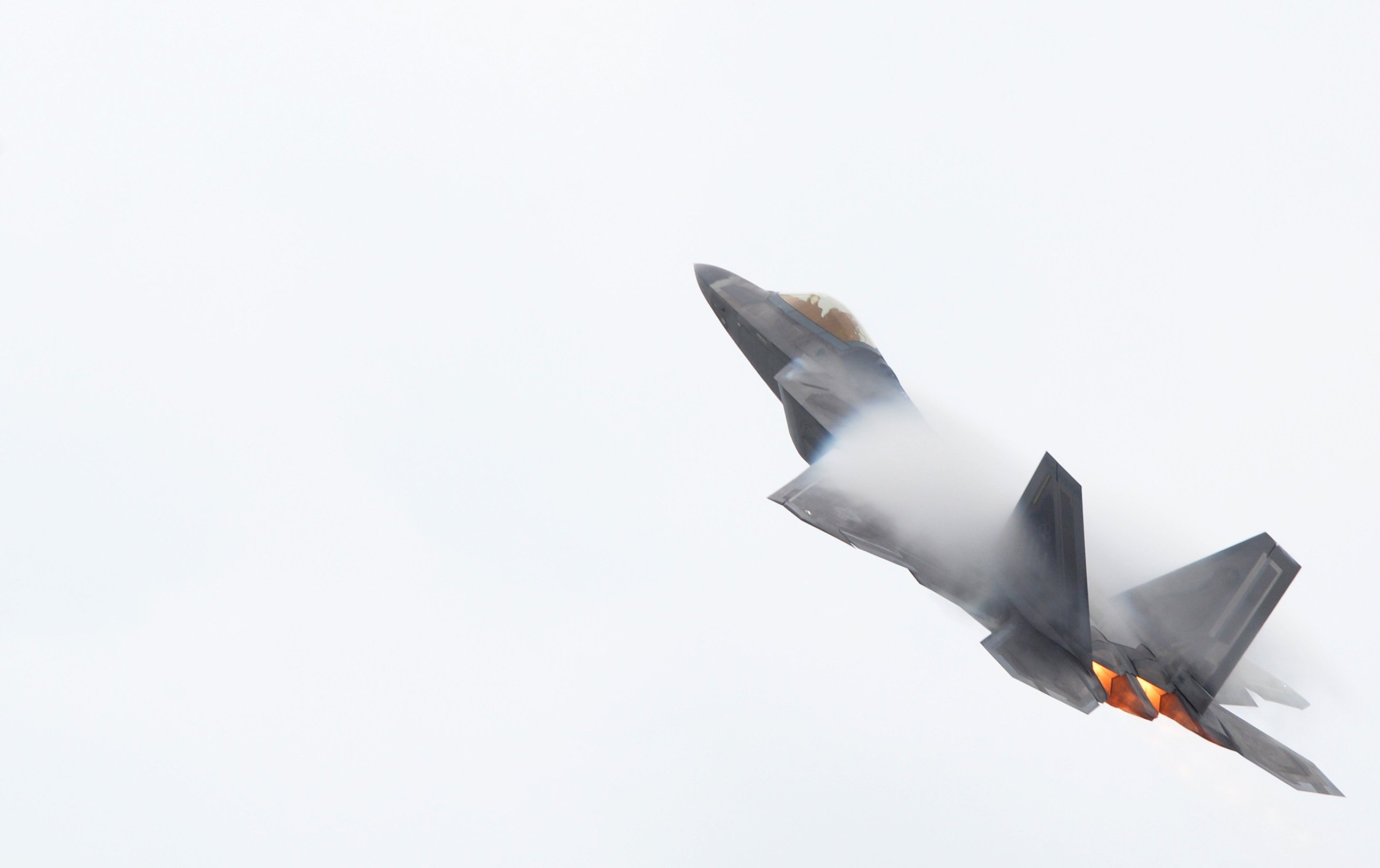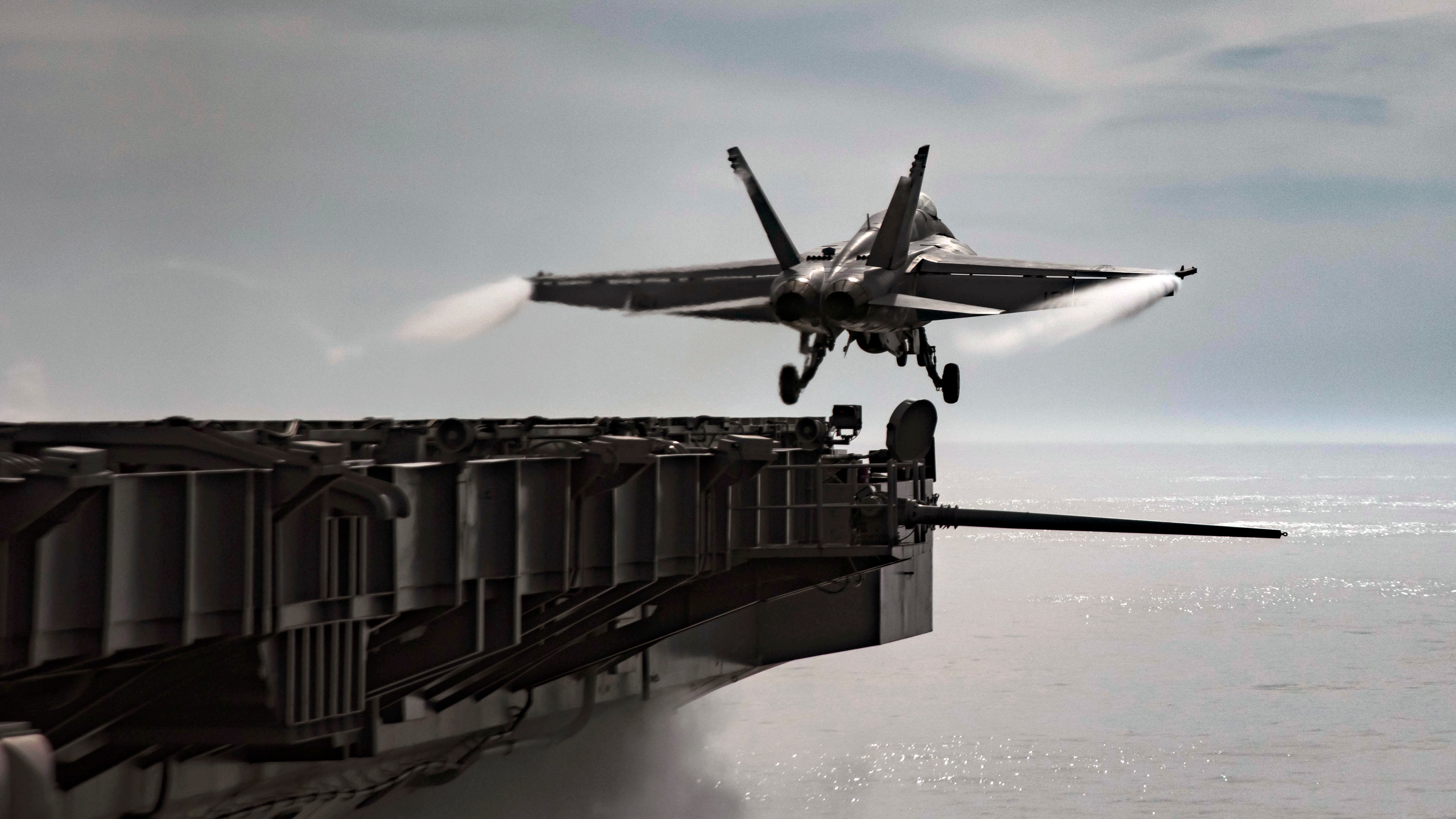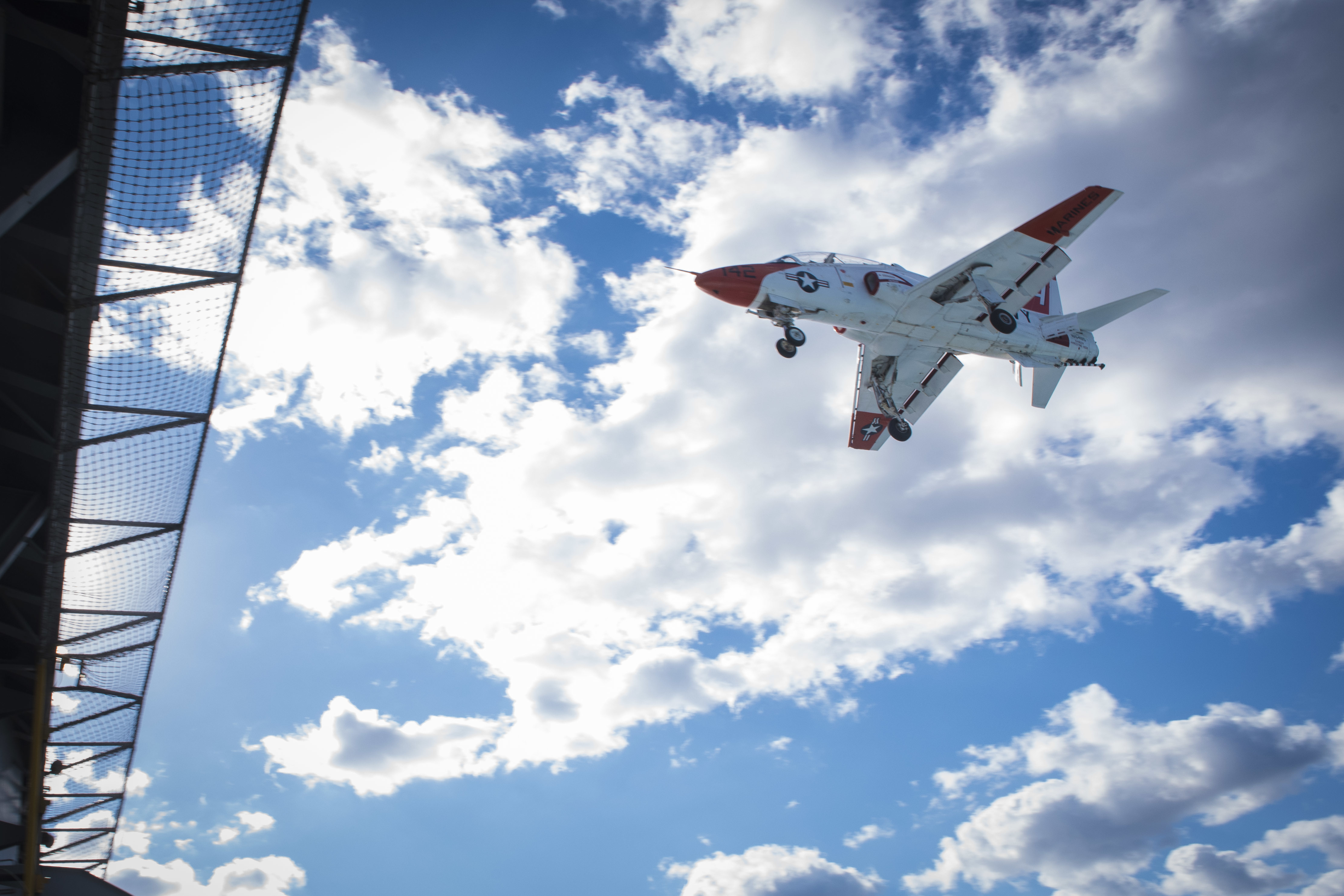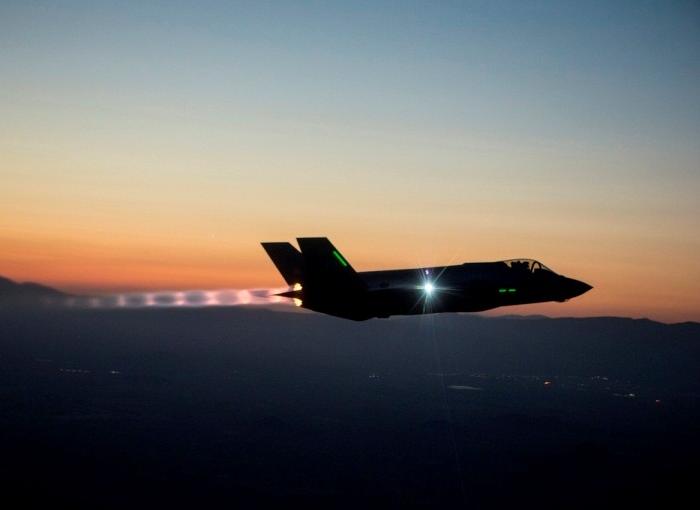The following is the June 21, 2017 CRS Insight brief to Congress, Out of Breath: Military Aircraft Oxygen Issues.
The Air Force recently grounded some of its newest aircraft, F-35A strike fighters, due to incidents in which pilots became physiologically impaired with symptoms of oxygen deficiency while flying. Although the root cause of the F-35 incidents has not yet been established, the grounding has renewed attention on hypoxia, a physical condition caused by oxygen deficiency that may result in temporary cognitive and physiological impairment and possible loss of consciousness. Hypoxia has affected pilots of F-22, F/A-18, and T-45 aircraft in recent years.
Military aircraft (and jet aircraft generally) operate at altitudes where there is not enough oxygen for humans to retain consciousness without supplemental oxygen supplies. For several decades, combat aircraft relied on canisters of compressed liquid or gaseous oxygen to provide pilots sufficient oxygen. However, the finite oxygen supply limited mission duration, and its handling complicated aircraft maintenance. This led to the development of On-Board Oxygen Generation Systems, or OBOGS. Developed in the early 1980s, OBOGS was conceived as a source of limitless oxygen.
The system works by purifying air drawn from the plane’s engine compressor (called “bleed air”) before it reaches combustion. That air is run through a series of scrubbers, or “sieve beds,” that remove nitrogen. The resulting gas going to the pilot is approximately 95% oxygen and 5% argon.
OBOGS systems are made by a number of contractors, including Honeywell, Cobham, Air Liquide, and others. How is this different from commercial aircraft?
Most commercial aircraft also use engine bleed air to provide air for cabin climate control and pressurization. That air is not filtered to remove nitrogen, because commercial aircraft cabins are pressurized to a constant altitude, usually at or around 8,000 feet. At this pressure altitude, the cabin air climate retains sufficient oxygen for human needs.
In contrast, combat aircraft pressurization varies as a function of altitude, with a fixed difference between cabin and outside pressure. Military aircraft can change altitude (and thus cabin pressure) quite rapidly, which could cause physical complications (such as “bends,” or the formation of nitrogen bubbles in the blood) were a higher ratio of nitrogen present.
F-22 incidents

Although hypoxia cases occur at a steady but low rate in normal operations (due to system failure, maintenance, or other issues), the condition came to prominence in 2010, after the loss of an F-22 Raptor and its pilot following a suspected oxygen loss. This highlighted physiological issues with the F-22, including 12 hypoxia-like incidents between 2008 and 2011, and led to a grounding of the F-22 force pending investigation and resolution. The matter was given additional prominence when two F-22 pilots appeared on the newsmagazine 60 Minutes to discuss their refusal to fly the F-22.
In 2012, the House Armed Services Committee held a hearing to evaluate the results of the Air Force’s investigation. Ultimately, the Air Force found that the F-22 issues were not due to the supply of oxygen. Instead, a combination of factors was cited—most notably, that a valve controlling the pilot’s pressure vest could allow the vest to inflate unnecessarily, which physically restricted the pilot’s ability to breathe.
F/A-18 incidents

Navy testimony prepared for a March, 2017, House Armed Services Committee hearing indicates that the rate of physiological incidents possibly attributed to oxygen issues in F/A-18E/F Super Hornets has been rising steadily since 2010. There were a reported 297 such incidents in F/A-18s between May 2010 and October 2015. Oxygen system issues may have contributed to the deaths of four F/A-18 pilots in the Navy.
A Navy report on the F/A-18 and T-45 incidents, redacted for public release, stated, “the Navy has not yet been able to pinpoint a specific root cause of the (physiological incidents) in the T-45 and the FA-18 aircraft.” It also stated:
The integration of the on-board oxygen generation system (OBOGS) in the T-45 and FA-18 is inadequate to consistently provide high quality breathing air. To varying degrees, neither aircraft is equipped to continuously provide clean, dry air to OBOGS—a design specification for the device. The net result is contaminants can enter aircrew breathing air provided by OBOGS and potentially induce hypoxia.
A Navy Physiological Episode Team continues to investigate the F/A-18 incidents to establish a root cause. In the meantime, the Navy has implemented a number of procedures and restrictions to minimize possible effects on the force.
F/A-18E/Fs were originally expected to be in service for 6,000 flight hours. The Navy now expects them to fly for 9,000 hours. The Navy is in the process of upgrading the original OBOGS sieve beds for all F/A-18s (including “legacy” F/A- 18A/D models.)
T-45 incidents

In May 2017, the Navy grounded its 197 T-45 trainer jets to address concerns from instructor pilots who were refusing to fly due to an increase in oxygen-related physiological incidents. Originally scheduled to last two days, the grounding continues, which is building a backlog in flight training at the rate of 25 prospective pilots per month.
The Navy report on the F/A-18 and T-45 incidents indicated that the OBOGS sieves used in some T-45 aircraft had been recycled after use in F/A-18s, indicating a possible connection among the Navy incidents.
F-35 incidents

In June 2017, the Air Force grounded 55 F-35A Lightning II strike fighters for 11 days after five incidents resembling
hypoxia. The grounding affected only aircraft of the 56th Fighter Wing at Luke Air Force Base, Arizona, used for training; the five incidents all came from that base. Subsequently, the Air Force revealed 10 other F-35A physiological events dating to 2011. The OBOGS system on Luke F-35As is the same as that in other Air Force aircraft, and those flown by the Navy and Marine Corps. No similar issues have been reported with other services’ F-35s.
An Air Force team is investigating the incidents. Flight restrictions and other procedures have been implemented to reduce risk as the unit resumes operation.
CRS will follow this issue and update its publications as events warrant.
via fas.org






